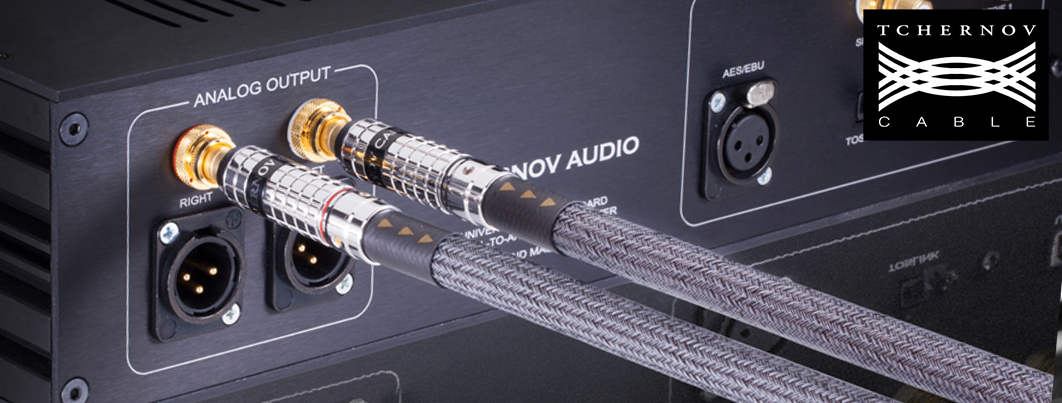การเลือกใช้ FUSE กับขนาดและความยาวของสายไฟ
Electrical Cable Sizing Chart
-
Step 1. DC Amps: Locate the flow of current in amps of your circuit along the top of the chart below.
-
Step 2. Circuit Type: Select the correct type of circuit. Examples of Non Critical circuit are bait pumps,
windlasses, general lighting, general appliances. Examples of Critical circuits are bilge blowers, panel main feeders, navigation lights, electronics.
-
Step 3. Cable Length: Find the correct length range of cables. Please note that the length is the total length of the positive and negative wires. I.E. Distance from battery to appliance multiplied by 2.
-
Step 4. Correct Cable Size: Intersect the DC Ampere with the cables length range to identity the correct coloured symbol.


Cables impedance calculation
Impedance is calculated by below formula:
This method calculates the impedance when the cable and load power factor is the same, this scenario is worse case power factor.
cable sizing calculator uses the resistance Rc from Table 35 in AS/NZS 3008-2017. The reactance for single core cables is selected from the flat
Loop impedance calculation
The maximum loop distance is calculated by below formula:
Where:
- V1Φ is the single phase voltage.
- Imin is the minimum alowable tripping current of the MCB or other protection device.
- Zc is the cable impedance in Ohm/km.
Voltage drop calculation
The three phase AC voltage drop is calculated as below
The single phase AC voltage drop is calculateda as below
Where I is the load current, L is the distance, and Zc is the cable impedance in Ohm/km.
Short circuit calculation
The short circuit capacity of the cables is calculated according to AS/NZS 3008-2017
Where:
- I is the short circuit current capacity in amperes,
- K is a constant that is selected from Table 52 in AS/NZS 3008-2017.
- S is the cross sectional area of the conductor.
- t is the short circuit duration in seconds.
Electrical Cables Size & Current Rating Chart
| Cross Section (mm2) | Approximate Overall Diameter (mm) | Current Rating | |
| Single Phase (Amps) | Three Phase (Amps) | ||
| 1.5 | 2.9 | 17.5 | 15.5 |
| 2.5 | 3.53 | 24 | 21 |
| 4 | 4.4 | 32 | 28 |
| 6 | 4.68 | 41 | 36 |
| 10 | 5.98 | 57 | 50 |
| 16 | 6.95 | 76 | 68 |
| 25 | 8.7 | 101 | 89 |
| 35 | 10.08 | 125 | 110 |
| 50 | 11.8 | 151 | 134 |
| 70 | 13.5 | 192 | 171 |
| 95 | 15.7 | 232 | 207 |
| 120 | 17.4 | 296 | 239 |
| 150 | 19.3 | 300 | 262 |
| 185 | 21.5 | 341 | 296 |
| 240 | 24.6 | 400 | 346 |
| 300 | 27.9 | 458 | 394 |
| 400 | 30.8 | 546 | 467 |
| 500 | 33.8 | 626 | 533 |
| 630 | 37.6 | 720 | 611 |
| International standard wire size Chart (IEC 60228) | |||||||||
|---|---|---|---|---|---|---|---|---|---|
| 0.75 mm² | 4 mm² | 0.5 mm² | 1 mm² | 2.5 mm² | 1.5 mm² | ||||
| 70 mm² | 6 mm² | 25 mm² | 185 mm² | 35 mm² | 400 mm² | ||||
| 95 mm² | 1000 mm² | 10 mm² | 800 mm² | 150 mm² | 50 mm² | ||||
| 300 mm² | 120 mm² | 500 mm² | 16 mm² | 630 mm² | 240 mm² | ||||

















